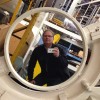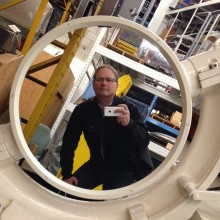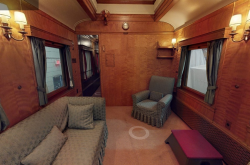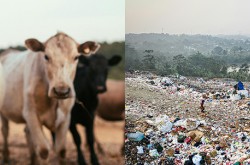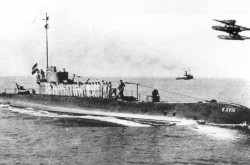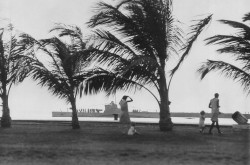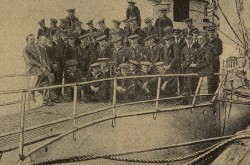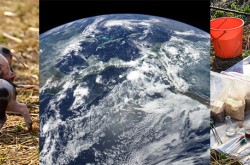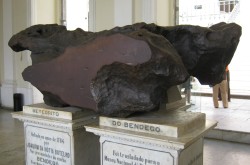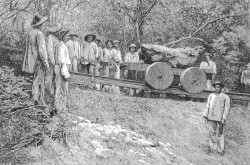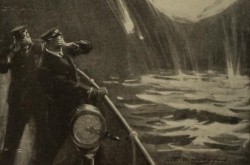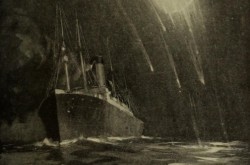Canada as never seen before: The new RADARSAT Constellation Mission

Canada's RADARSAT program has a long history, going back to experimenting with radar sensors onboard the Convair 580 aircraft, which is now in the collection of the Canada Aviation and Space Museum. The program’s 24-year legacy also includes the launches of RADARSAT-1 in 1995 and RADARSAT-2 in 2007. The new RADARSAT Constellation Mission represents the next generation of satellites that will continue to expand Canada's ability to monitor our country and its coastal areas. Learn more about the RADARSAT Program in this article from Natural Resources Canada.


